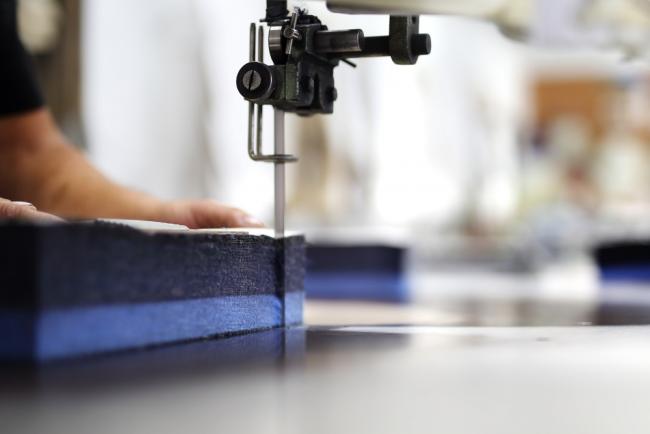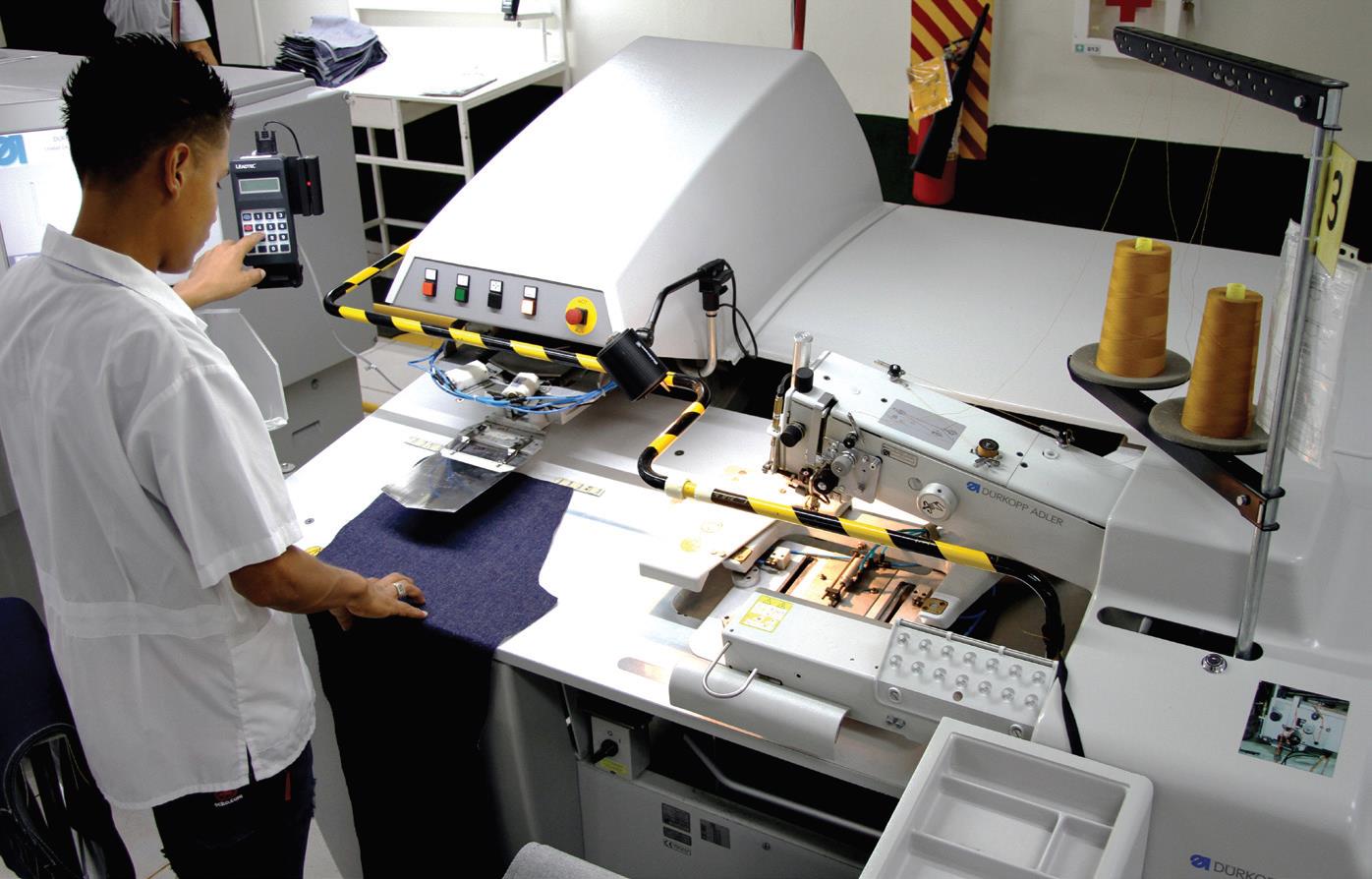How Shop Floor Automation Can Streamline Your Company’s Apparel Manufacturing and Accelerate ROI

An apparel company’s supply chain is only as strong as its weakest link. More often than not, breakdowns occur on the shop floor, where large-scale productions take place and blind-spots are less noticeable.
North Carolina-based apparel giant, General Sportwear, observed this very lesson. But the company was able to correct virtually all of its inefficiencies on the shop floor through a real-time data collection solution. In fact, leveraging technology was “a game-changer,” according to the company’s president, Jeff Rosenstock.
Founded in 1927, General Sportwear is a family-owned manufacturer of private-label woven bottoms with production facilities in China and Central and South America.
According to Rosenstock, implementing a shop floor automation system in 2012 helped the company manage production shortages, reduce bottlenecks and do capacity planning, ultimately allowing General Sportwear to streamline its apparel manufacturing process for a more efficient, faster and better quality production that resulted in greater productivity, and profit for everyone.
“The impact on productivity and earnings is immediate and profound,” said Rosenstock, regarding the value of a real-time shop floor control system. General Sportwear chose CGS BlueCherry, known at that time as Leadtec.
“As factories retain experienced and skilled operators, quality and flexibility also improve. This is particularly important where there are multiple factories competing for a limited pool of skilled labor.”
Shop Floor Control is a powerful system that combines software, tools, and methods for managing progress in a manufacturing plant. Data is collected in real-time and relayed to operators and supervisors, introducing new efficiencies to inventory evaluation and resource planning and enabling workers at every level to make necessary adjustments on the fly.
Shop floor control systems continually evaluate and report on every component of the manufacturing process - labor, materials status, and other resources - empowering supervisors and managers with accurate information. They also make it easier to incentivize operators by giving them a window into their work process and allowing them to set productivity goals.
Rosenstock described the implementation of CGS BlueCherry, which took roughly six months, as “one of the smoothest he’s ever experienced.” Since implementing CGS BlueCherry, General Sportwear has seen significant improvements in its work process at multiple factories around the globe.
He noted three major benefits of shop floor automation, from the perspective of its operators, supervisors, and overall production— ultimately accelerating the company’s ROI.

1) Benefits to Operators: Productivity Tracking and Incentivization
Most factories that pay operators on a piece-work basis operate using an end-of-day batch processing system. Sewing operators collect tickets, paste a ticket onto a gum sheet for each bundle sewn, and bring the sheets for scanning at the end of each shift. There are obvious drawbacks to this system for operators - it gives operators additional work to do that has nothing to do with the factory’s output, and unless operators keep a running count in their heads, they have no real way to track their progress.
Using a shop floor control system not only spares operators the extra labor imposed on them by a batch-processing system, but it also allows them to see their work flow as it unfolds in real-time.
When General Sportwear implemented CGS BlueCherry, their operators got the hang of the system in about a week. Rosenstock noted that the system made their jobs easier, allowing them to clock in and out at their terminals and to scan their tickets after completing each bundle. Because the system also allows operators to set and pace their goals, manufacturing is streamlined and operators can make more money.
2) Benefits to Supervisors: Real-Time Information
Rosenstock noted a significant drawback to using a batch-processing system is the time delay it imposes on information. If there is an inefficiency in production, supervisors had to find out by walking the shop floor and counting up the scanned tickets at the end of the day. That means that adjustments to fix problems had to wait until the next day, effectively creating a 24-hour lag on optimizing production.
In contrast, a shop floor control system allowed supervisors to instantly see how production is going on terminals placed all around the floor. If there was an interruption in work flow - for instance, if an operator on one line hasn’t shown up for their shift - supervisors were immediately made aware of it and can put another operator in their place. In the same way, it gave operators the tools to increase their productivity and profits, shop floor automation also gave supervisors the information they need to streamline the production process.
3) Overall Benefits to Production: Efficiency, Transparency, and Quality
Naturally, a system that benefits operators and supervisors will ultimately provide value to the manufacturing process as a whole. In the case of General Sportwear, Rosenstock said that as a result of implementing CGS BlueCherry, efficiency at one of the company’s already-efficient factories went up by about 10 percent. The system also increased their speed to market, with work in process reduced from a week and a half down to one week - a direct result of being better able to track production.
Shop floor automation also provides total transparency, since workers and supervisors alike can see productivity and payments accrue in real-time. Accurate, timely collection of information also makes it easier for companies to ensure compliance with regulatory standards.
Shop floor control software can also assist with quality control, enabling quality control auditors to enter defects directly into the system, and supervisors to intervene and correct problems as they arise. Repairs at General Sportwear factories have gone down by 20 percent, for example, since implementing CGS BlueCherry.
Shop Floor Automation: The Factory of the Future
The advantages of shop floor automation serve to benefit everyone involved in the apparel manufacture process, from operators to managers to production flow. The availability of real-time information allows operators to earn more, saves them the trouble of cumbersome batch-processing while enabling supervisors to track and streamline production on a moment-by-moment basis. It increases not only the speed of a factory’s output, but the quality as well. And as the case of General Sportwear, shop floor automation can be implemented with relative ease, and in a short period.
Time will show that there are two kinds of apparel factories: those that use shop floor automation; and those that are left behind.

